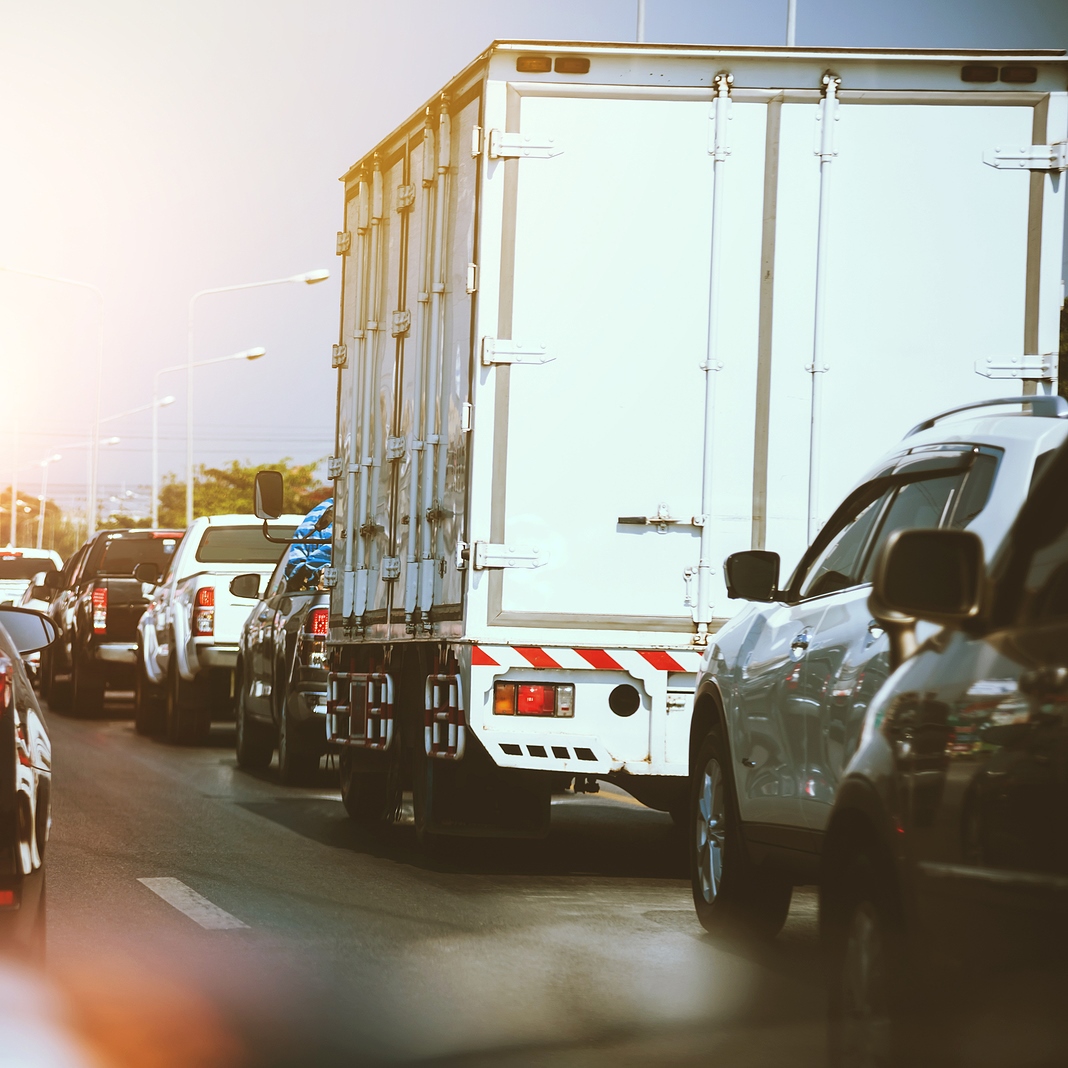Fine art harm during truck accidents generates complex liability questions that vary substantially from standard cargo claims. When a commercial vehicle transporting paintings, sculptures, or installations experiences an accident, establishing financial accountability encompasses multiple entities, specialized insurance arrangements, and federal regulations that modify traditional negligence criteria.
The consequences intensify rapidly since individual artworks can possess valuations approaching millions of dollars, rendering appropriate liability establishment crucial for all participating entities.
The Carmack Amendment Establishes Carrier Liability
The Carmack Amendment under 49 USC 14706 governs interstate cargo transportation, placing near strict liability on motor carriers for loss or damage to goods during transit. This federal law reverses traditional negligence standards by requiring carriers to prove they were not negligent rather than forcing shippers to prove carrier fault. The amendment means that damaged artwork itself serves as sufficient evidence to establish carrier liability, shifting the burden of defense onto the trucking company.
Carriers can limit their liability to values established by a written declaration of the shipper or a written agreement, creating significant complications for fine art transport. A painting worth five hundred thousand dollars, transported under a standard declared value of five thousand dollars, leaves the owner exposed to massive uninsured losses. This mismatch occurs frequently when shippers use general freight carriers rather than specialized fine art transporters who understand proper valuation procedures.
Declared Value Creates Coverage Gaps
The declared value system allows carriers to cap their liability at predetermined amounts, protecting themselves from catastrophic claims while potentially leaving shippers drastically underinsured. Standard freight carriers often default to declared values based on weight, typically sixty cents per pound, which bears no relationship to fine art's actual worth.
Specialized fine art carriers require detailed inventories with declared values matching the actual artwork's worth, but these services cost significantly more than general freight. The price difference tempts some galleries and collectors to use standard carriers and hope accidents do not occur, a gamble that backfires catastrophically when crashes damage irreplaceable pieces.
Museum Loan Agreements Shift Liability
Museum loan agreements often make borrowers fully liable for loaned items, requiring financial compensation up to agreed insurance values regardless of how the damage occurred or what insurance proceeds pay. This contractual arrangement supersedes carrier liability in many cases, forcing museums borrowing artwork to maintain comprehensive insurance that responds even when trucking companies bear fault for accidents.
The borrower liability creates situations where museums pay for damage caused entirely by carrier negligence, then pursue subrogation claims against carriers and their insurers to recover payments. This process extends resolution timelines significantly while the borrowing institution fronts repair or replacement costs. For institutions with limited budgets, major damage during transit can create financial strain even when they ultimately recover funds through subrogation.
Gallery Consignment Complicates Ownership
Gallery consignment insurance typically covers property owned by the gallery and items on consignment, including pieces in transit, storage, restoration, or exhibition. However, determining whether gallery or artist insurance responds depends on contract terms establishing when ownership transfers and who maintains the risk of loss during various transaction stages.
When consigned artwork is damaged during delivery to a buyer, questions arise about whether the sale was completed before or after the crash. Completed sales typically shift responsibility to buyers, while damage before transfer remains with galleries or consigning artists. These timing questions affect which insurance policy responds and whether carriers face liability under the Carmack Amendment or fall under exceptions for completed sales where carriers act merely as delivery agents for new owners.
Third-Party Motorist Involvement
Crashes caused by third-party motorists rather than carrier negligence create different liability pathways. When drunk drivers, distracted motorists, or reckless operators cause accidents that damage art in transit, the at-fault driver's liability insurance becomes the primary recovery source. Carrier liability under the Carmack Amendment may not apply when carriers prove they exercised proper care and outside forces caused damage.
This distinction matters significantly for injured drivers and couriers involved in these accidents. Personal injury claims against at-fault third parties proceed through standard tort litigation rather than cargo claim procedures.
Individuals injured in truck crashes while transporting artwork need legal guidance in navigating both their injury claims and potential employment complications if they drove the damaged cargo. Consulting a truck accident attorney in St. Louis or other relevant jurisdictions helps injured parties understand comparative fault rules, filing deadlines, and coordination between personal injury recovery and cargo damage claims that may affect their employer relationships.
Comparative Fault in Mixed Liability Scenarios
Many truck crashes involve shared fault between multiple parties. Perhaps the carrier failed to properly secure artwork while a third-party motorist simultaneously violated traffic laws. Comparative fault principles allocate liability percentages among responsible parties, reducing each party's payment obligation by others' fault shares.
A courier injured during a crash may face comparative fault arguments about whether they contributed to the collision causes while simultaneously seeing cargo damage distributed across multiple responsible parties. The comparative fault analysis proceeds separately for injury versus cargo claims, even when arising from identical crashes.
Endnote
Bills of lading or shipping agreements should accurately reflect declared values matching actual worth, and all insurance certificates should be verified before shipments begin. These preventive measures do not eliminate crash risks but ensure financial recovery pathways exist when accidents occur despite precautions.
